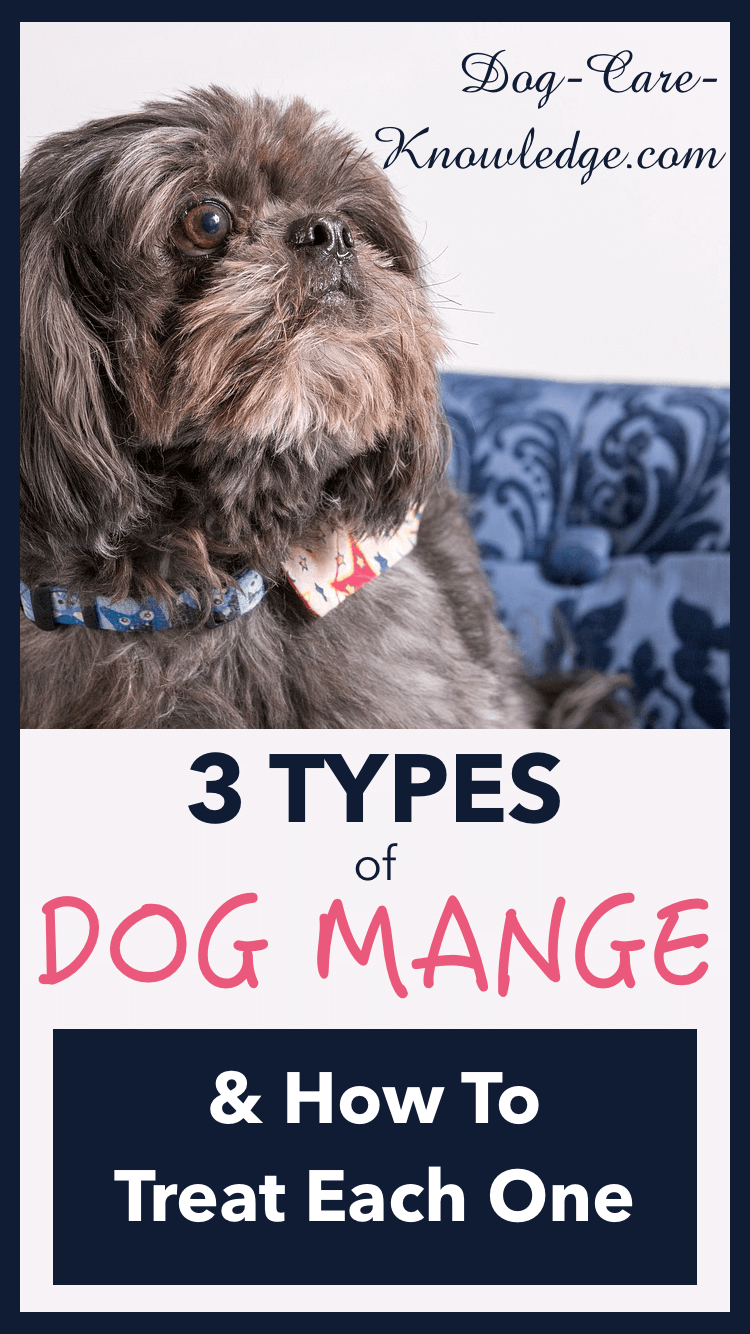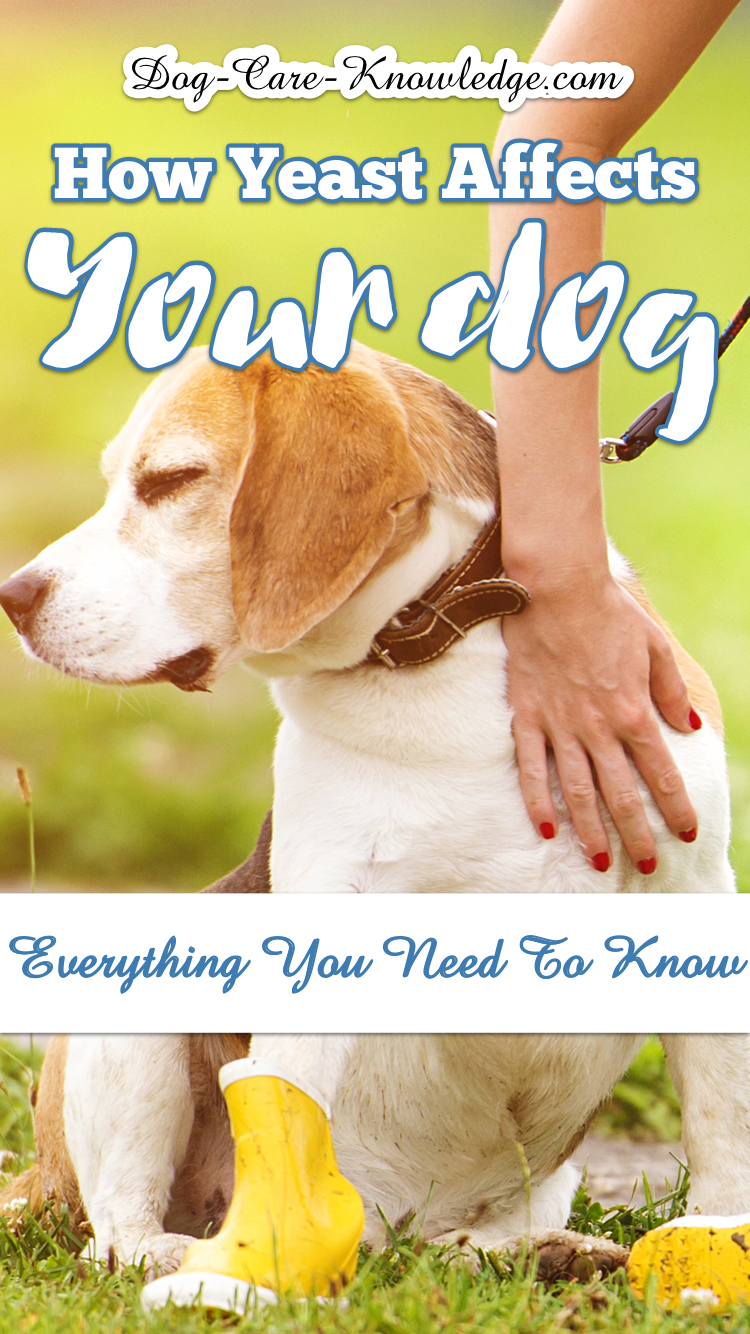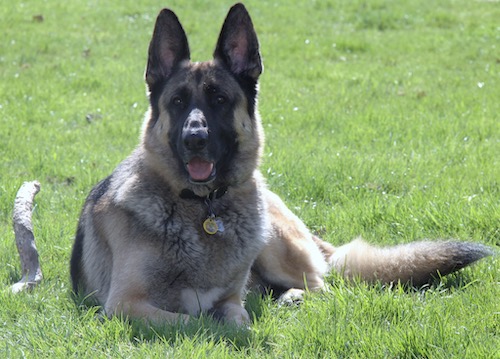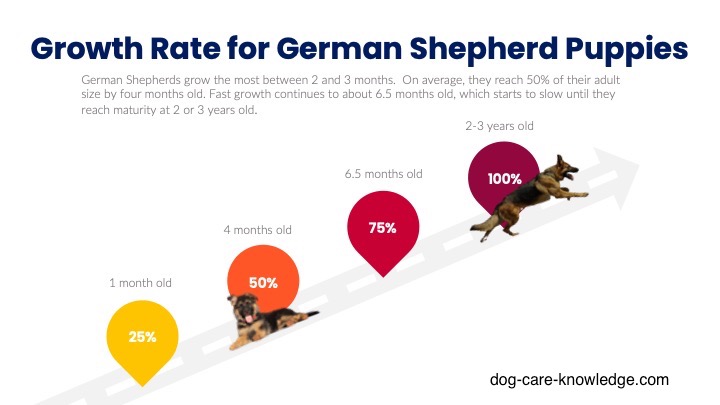- Home
- Skin Conditions
- Dog Mange
Dog Mange: Stop The Spread!
Unfortunately, dog mange is a real, live, skin disease in dogs. And when I say "live" I mean that in the literal sense. Mange is caused by microscopic mites, yuck.
What You Need To Know About Mange!
The most crucial thing you need to know about mange is that its spread is caused by a weakened immune system. Dogs with a healthy functioning immune system should be able to fight off mange on their own.
If your puppy or dog is suffering from widespread mange, the immune system needs to be addressed as part of the treatment.
Unfortunately, most treatments using orthodox methods are primarily based on using harsh chemicals or cortisone-type drugs that can suppress the immune system. Luckily there are also some natural options available using holistic or homeopathy methods. See here for 5 home remedies for treating mange in dogs.
No matter which treatment plan you choose, I always suggest consulting with a qualified veterinarian first. See below, If you need help finding an veterinarian using alternative methods such as Holistic or Homeopathy.
Find An Alternative Veterinarian
Use one of the below links to find a veterinarian that practices alternative methods.
For a Holistic Approach you can find a qualified veterinarian through the American Holistic Veterinary Medical Association (AHVMA) -
For a Homeopathy Approach - search for a veterinarian in your area from the Academy of Veterinary Homeopathy
There are three types of mange found on dogs:
- Sarcoptic mange (scabies)
- Demodectic mange
- Cheyletiella mange (walking dandruff)
Dog Mange Overview
1)Sarcoptic mange is caused by a scabies mite that actually burrow into the skin. This can be abrupt and cause severe itching. It can also be extremely contagious to dogs and humans so you need to know the symptoms to look for.
2) Demodectic mange are microscopic mites that live in the hair follicles. This type is quite common in puppies, in fact they nearly all get some mange mites from their mother but are normally kept under control as long as the puppy's immune system is working sufficiently. Supplementing your dog's diet with Salmon Oil works wonders for boosting the immune system.
3) Cheyletiella mange, or walking dandruff, gets it nickname as they are tiny white mites that, at first glance, look like dandruff on your dog. However, if you look closely, you'll see them moving, hence, the name, ' walking dandruff'.
Dog mange is quite different in puppies and dogs. Puppies under one year will usually recover from dog mange without any treatment, whereas mange in a dog older than one year will nearly always require specific treatment to rid the dog of the mites.
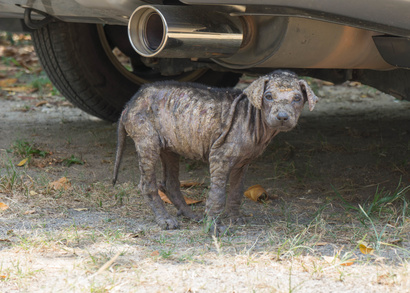 A Puppy With Severe Mange
A Puppy With Severe Mange1) Sarcoptic Mange
Sarcoptic mange is extremely itchy and dogs are likely to scratch their skin until its raw. Sarcoptic mange is also contagious to humans. In fact, it's highly contagious and is usually transmitted through direct contact with contaminated grooming products or through kennels.
Symptoms of sarcoptic mange are abrupt and severe. If you notice your dog frantically start to scratch at his ears, elbows, hocks, and underside of the chest and face, then have him checked for mange. Especially if his just been in a kennels or groomers.
Sarcoptic Mange - Orthodox Treatment
Conventional treatment for sarcoptic mange should be prescribed by a vet, who will likely prescribe Revolution (selamectin) which is applied to the skin every 2 weeks for about 6-12 weeks. Alternatively a vet may prefer to give 3 injections of ivermectin over several weeks.
As sarcoptic mange is extremely itchy for your dog, your vet may also prescribe some kind of anti-itch medication. If you find your dog has been infected with sarcoptic mange, it is important to check family members for any signs of an itchy rash as this may be scabies. Speak to your doctor if this is the case, he will easily be able to prescribe medication.
2) Demodectic Mange
Demodectic mange occurs in localized and gereralized forms. Puppies usually suffer from the milder form (localized). If this continues to spread, or if a dog older than one gets mange, it is usually the harsher form (generalized).
Demodectic mange usually starts as a small hairless patch near the chin or eye. This form doesn't cause too much itching and most often will clear up without treatment by the time a puppy reaches 12 - 14 months old.
If, however, it doesn't clear up, the mite will spread to other areas of the dog's body resulting in hair loss, itching, and thickening of the skin. If you see signs of pimples or pus oozing, this indicates that your dog also has bacteria present which also needs to be addressed.
Localized Symptoms
Symptoms of localized mange include:
|
Generalized Symptoms
|
Demodectic Mange Orthodox Treatment
Conventional dog mange treatment is prescribed by a vet and consists of the following:
- Interceptor (milbemycin) or
- Ivermectin or
- Amitraz (weekly dips for about four weeks).
Most often your puppy will outgrow demodectic mange once his immune systems has developed fully. Dogs need a fully functioning immune system to fight the mites.
Dogs that have certain medical conditions (diabetes, Cushing's disease, and hypothyroidism), or are taking medication that suppresses the immune system, may find they have recurring mange. Sharp-Pei's are also prone to demodectic mange. For these dogs I would definitely recommend seeking treatment from an alternative vet.
3) Cheyletiella Mange (Walking Dandruff)
The Cheyletiella mites will happily live on humans as well as dogs and cats. If you have any animal that is infected with Cheyletiella, the best course of action is to treat the whole household!
Diagnosis is easy as you'll see the 'dandruff' flakes moving around and you're dog will be more itchy than with just dandruff alone. If in doubt, you're vet will easily be able to diagnose Cheyletiella.
Symptoms in humans are severe itching, red rash, and scaly skin. Areas affected are the arms, torso and buttocks.
Cheyletiella Mange Treatment
If your dog has long fur, you'll need to start with having it clipped in order to fully remove the mites. You'll then need to bathe your dog in a medicated shampoo to remove the scales created by the mites, as well as the mites themselves. These baths are best repeated once a week for about six to eight weeks. Pyrethrins or organophosphates are used in adult dogs and most topical insecticides (e.g. Frontline Plus) will kill the mites and stop further infestations. Flea sprays or powers usually don't work against these mites.
Your veterinarian will be able to recommend the best course of action based on your dog's condition and history. You'll also need to ensure that you wash all bedding, flooring and areas your dog came in contact with!
Finally
If you suspect any type of mange in your dog you should take your dog to the vet who will prescribe an effective dog mange treatment plan. Your vet can conduct a skin scraping to confirm mange and determine which type your dog is suffering from. Treatment is fairly successful if started early.
Unfortunately, most natural treatments for mange are not that effective so some form of insecticide is usually required to rid your dog of mites. However, one of the best things you can do, that is natural, is to ensure your dog's immune system is working optimally. Ensuring your dog has a healthy amount of essential fatty acids (EFA) in their diet will go a long way to boosting the immune system.
Salmon oil is a fantastic supplement that works wonders for your dog's immune system. You can find more information here, or you can purchase a natural salmon oil below.
